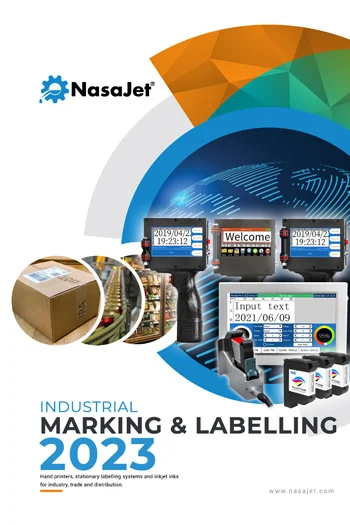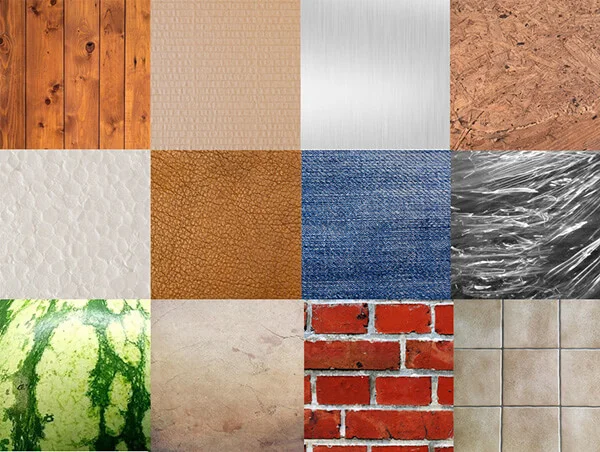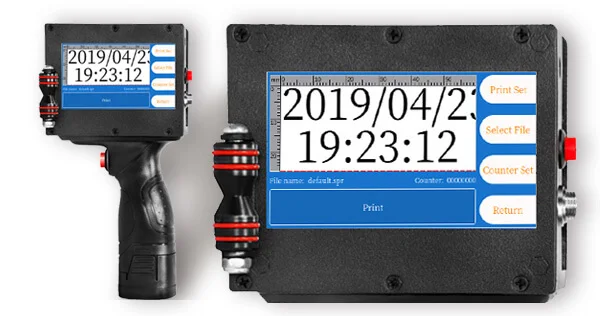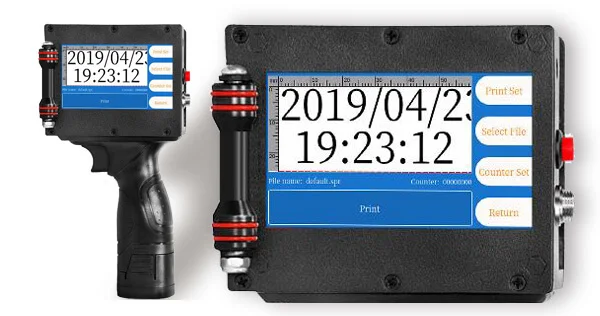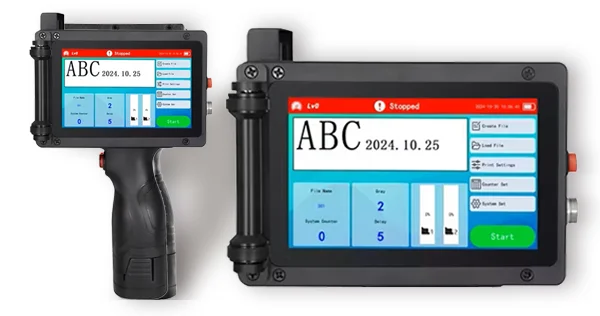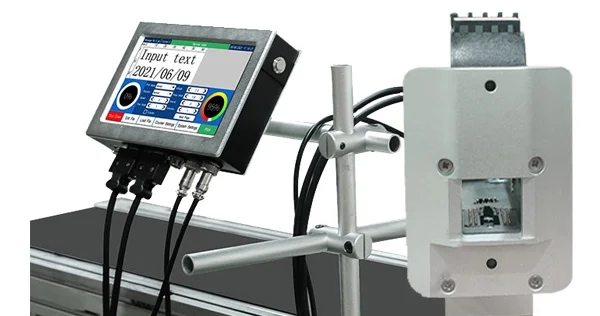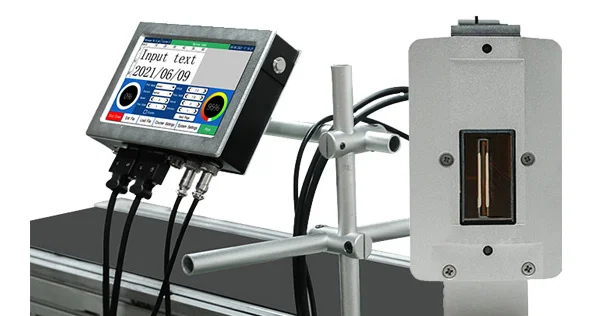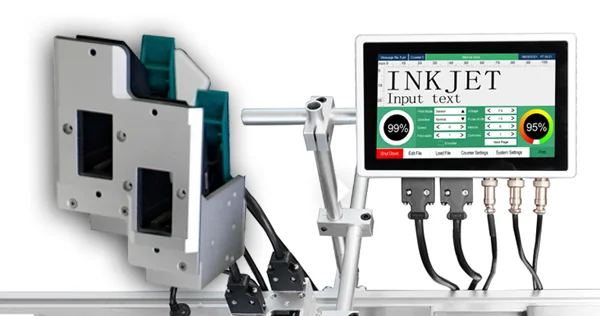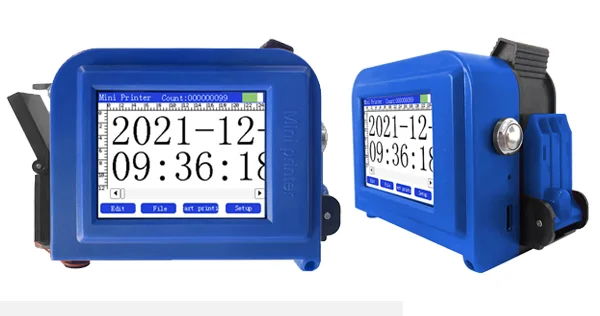-
Geotechtronics GmbH
Pollinger Str. 3 • D-82362 Weilheim i.OB -
Office hours
Mo-Sa: 9:00-18:00
Direct marking: Efficient solutions for sustainable product labelling
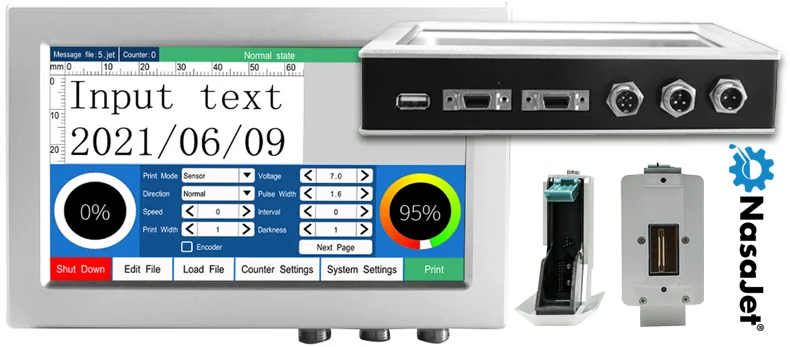
Direct marking has become increasingly important in recent years, particularly in the context of product labelling and tracking. This approach allows companies to mark information directly on their products without having to rely on separate labels or packaging. This article looks at the benefits of direct labelling, its applications and its role in promoting sustainability and efficiency in various industries.
The basics of direct marking / direct labelling
Direct marking refers to the process of applying information directly to a product or its packaging. This can be done using a variety of methods, including laser marking, inkjet printing, dot peen or even RFID tags. Compared to conventional labels, direct labelling offers direct, permanent marking that is resistant to abrasion, moisture and other environmental influences.
Advantages of direct marking
Direct marking offers a lot of advantages when it comes to labelling in the industrial process.
Increased efficiency
Direct marking eliminates the need for separate marking and packaging steps, which leads to a significant increase in production speed. This is particularly relevant in industries with high production volumes. By using UV-curable inks, the drying process can be very precisely controlled and optimised. Speciality inks such as invisible UV ink can be used in parallel for inspection or test markings.
Cost savings
The elimination of labels and additional packaging materials not only saves costs, but also reduces waste. Companies can reduce their economic and ecological footprint by using direct marking technologies. Qualitative defects in labels can lead to them coming loose during the production process and then causing damage to production facilities.
Real-time tracking
Direct marking enables products to be tracked precisely in real time. This is particularly important in areas such as logistics, warehousing and quality control, where accurate information on production and delivery status is crucial.
Applications of direct labelling
Direct labelling can be used in almost all manufacturing sectors. However, it is naturally predestined for use in sectors with statutory labelling requirements, such as the food and pharmaceutical industries.
Food industry
In the food industry, direct labelling can contribute to the traceability of products. Consumers can easily retrieve information on origin, production date, best-before date and other relevant data.
Automotive industry
In automotive production, direct labelling enables components to be clearly identified, facilitating maintenance, repairs and recalls. The advantage of direct labelling using printing is that it does not damage components structurally, as would be the case with engraving, for example.
Medical devices
Direct marking plays a crucial role in the medical device industry to identify products, monitor the manufacturing process and ensure compliance with regulations.
TIJ printers for direct marking: efficiency in international trade
Thermal inkjet (TIJ) printers have long been a proven labelling solution in industry and retail. When it comes to direct marking, this modern printing technology can bring its advantages such as cost-effectiveness and speed to bear particularly well. Compared to stickers, engraving or even branding, TIJ offers a whole host of advantages.
- High print quality and legibility
- Flexibility in labelling
- Speed and efficiency
- Low maintenance requirements
- Cost efficiency
- Compliance with international standards
TIJ printer from NasaJet® for direct marking

Permanently installable devices and systems for direct marking, such as our NasaJet® NJ-2000, are easy to retrofit into existing production lines. Control and printing units are independent of each other and can be positioned flexibly in relation to each other. They take up very little space. If required, the installation can also be quickly converted or removed again. They also allow simultaneous printing from different positions. This often eliminates the need to laboriously rotate or position the print objects beforehand.
Here too, the tried-and-tested TIJ technology ensures that cost-effectiveness always takes centre stage.






